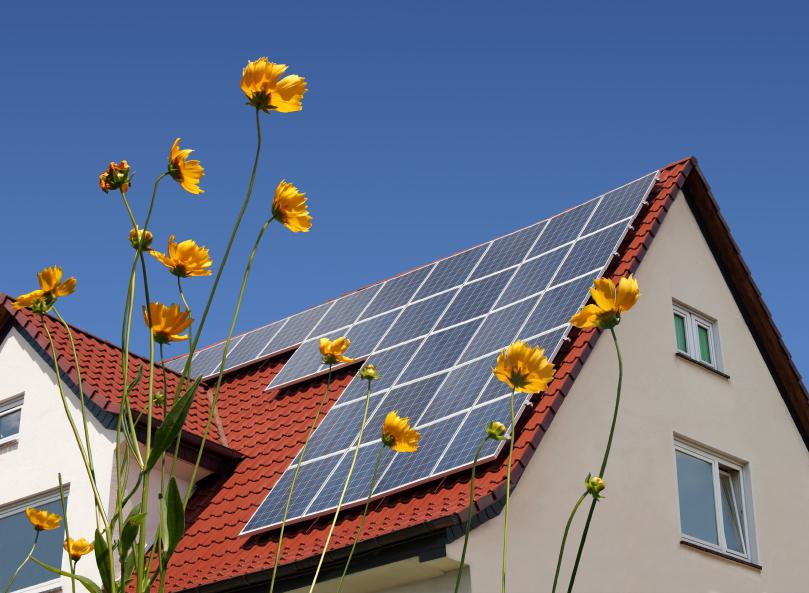
In some circumstances you really can have too much of a good thing, or so utility company representatives are saying. With the cost of energy continuing to rise, more homeowners are converting to renewable energy like solar power. Especially if you live in Hawaii, where grid-tethered homes pay triple what most continental states pay. That is because Hawaii has no local access to fossil fuels and has to have them shipped across the Pacific. But now Hawaiians facing another problem – storing all that excess solar power.
More than 1 in 9 Hawaiian residents have installed solar panels with other states showing a similar trend. Residents save money on utilities while their solar photovoltaic systems feed excess energy back into the grid during the solar peak from noon to 4:00 P.M.; however, the demand peak for electricity isn’t until the evening when people get home from work, switch on air conditioning or heat, turn on the television and lights, and start cooking dinner.

There are two pitfalls to this situation: In places like Hawaii with high percentages of residents modernizing their homes by converting to solar energy, the solar peak in the afternoons could actually overwhelm the local grid with too much energy and nowhere for it to go, which means utility companies might not let residents of certain areas connect their solar systems to the grid. Then there’s all that mid-day energy going to waste because it’s coming at a time when there’s nobody home to use it. To solve these problems, engineers have been looking for a way to store that energy even for just a couple hours, and it seems they’ve figured it out.
What is Vanadium?

The solution to preserving mid day solar energy for use during peak evening hours has arrived in the form of vanadium, a malleable, conductive metal with peculiar electrochemical properties.
Vanadium is found naturally, but since its only found mixed with other minerals it must be extracted from a compound. Since its discovery in 1801, vanadium has been consistently overlooked and under-priced. It was found that cutting steel with vanadium made the alloy mixture stronger, more resilient, and lighter. It’s ability to withstand high temperatures made lightweight vanadium-laced steel essential in manufacturing Ford Model T cars. Vanadium has also been a favorite for moving tools like circular saws, drill bits, and engine turbines. More recently, it’s mostly been used in the construction of bridges and in reinforcing bars, or “rebars”, for concrete.
The Newest Conductive Commodity
The most valuable properties of vanadium for storing energy are its longevity, its ability to charge and discharge at the same time, its ability to release lots of energy instantly and repeatedly, and the fact that it doesn’t produce much heat while charging or discharging. Attempts to capitalize on its conductive potential have resulted in vanadium-flow batteries (VFBs), called the “missing link” in producing clean energy. These new VFBs stockpile more energy coming from multiple simultaneous and intermittent sources — even during periods of very high demand — in a smaller volume of space. The efficacy of these VFBs is incredibly high; they can easily handle the power demands of a single house or an entire power grid.
Vanadium, Solar Energy, and the Future

Using vanadium to store solar energy means that power grids could hold onto the excess afternoon energy long enough for residents to benefit from it when they get home in the evenings. It would also prevent grids from being overwhelmed by the surge of solar power fed by residential areas with higher percentages of solar homes. Additionally, homeowners could replace the batteries of their existing solar energy systems with the new vanadium-flow batteries, which would allow them to store more of the energy from their solar photovoltaic array for later use. By optimizing grid systems for solar energy, vanadium is certainly a crucial component in the future of renewable energy.
Article courtesy of Tim Smith. To learn more, please visit Modernize.com.
 Can an Air Conditioner be Used as a Heater? A Guide to Using Your AC as a Heat Pump
Can an Air Conditioner be Used as a Heater? A Guide to Using Your AC as a Heat Pump What’s a Green Home and Why Do We Care?
What’s a Green Home and Why Do We Care? Concrete: How “Green” is it and What are the Alternatives?
Concrete: How “Green” is it and What are the Alternatives?
The introduction of Vanadium would truly be a game changer for the residential solar power market. Interesting stuff. Thanks.